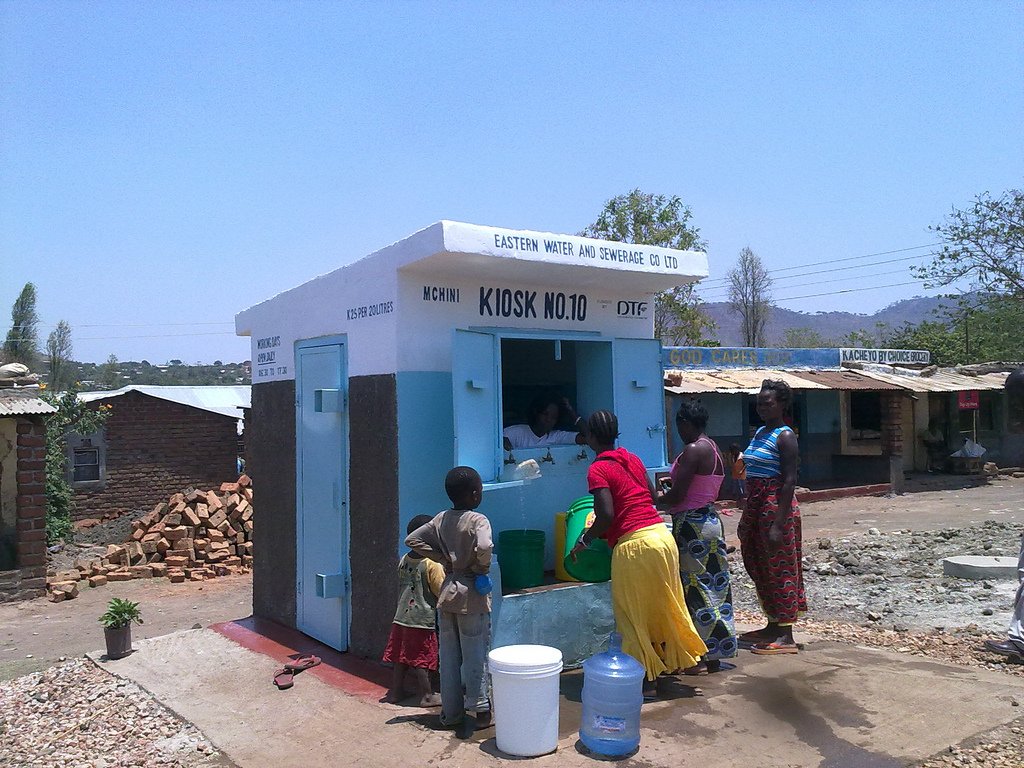Eastern Water Signals Zambia’s Fiscal Stress
Eastern Water’s K13.6m arrears crystallize Zambia’s sub-sovereign risk as USDZMW=X ranges 22.5–23.9 and the local 10-year sits ~19–20%, with EMB and AFK framing external appetite while HG=F and DX-Y.NYB set the macro tape.

Eastern Water and Sanitation Company’s K13.6 million in unpaid bills is not a collections footnote; it is a clean readout of Zambia’s sub-sovereign cash-flow fragility at a time when macro stabilization remains contingent on policy execution. The arrears sit beside a material service gap—10,506 m³ produced daily against 21,224 m³ demanded—implying a deficit above 50 percent that suppresses willingness-to-pay and erodes balance-sheet resilience. Sanitation coverage near 54 percent versus an 85 percent target corroborates an aging capital stock. Planned injections—K16.2 million for boreholes, K8.5 million via constituency funds, and K0.25 million for sewer rehabilitation—are incremental and necessary, but they will not close a structural funding gap unless revenue capture strengthens and operating inefficiencies decline.
The macro backdrop is mixed but determinative for funding conditions. Headline CPI eased to roughly 12.3 percent year on year in September 2025, and the kwacha has stabilized in October within a 22.5–23.9 per USD band (USDZMW=X), reducing tradables pass-through. Yet the local 10-year yield has parked near 19–20 percent, keeping duration expensive and crowding out affordable long-tenor financing for parastatals. Public debt is projected near the low-90s percent of GDP by end-2025, while reserve cover has hovered around 3–4 months of imports over the past year, limiting the state’s capacity to extend repeated sub-sovereign support. In this context, utility arrears transmit quickly into a broader funding premium through expectations of contingent liabilities.
The mechanism is straightforward and testable. Receivables constrain procurement of power, treatment chemicals, and repairs; service reliability deteriorates; willingness-to-pay weakens; arrears rise; and the fiscal backstop is called. Breaking the loop requires two synchronized moves. First, enforceable revenue capture that shortens days-sales-outstanding via smart metering, digital billing, and arrears amnesty structures with pre-payment conditions. Second, capex targeted at unit-cost reduction—pressure management, leak repair, and selective network renewal that recovers billable volumes already demanded by the market. These steps convert transfers from “bridges” into performance-priced liquidity and lower the cost of capital by compressing perceived default risk.
Markets will price this across currency and credit. Frontier appetite is proxied by hard-currency EM exposures such as EMB and Africa beta via AFK; a durable improvement in arrears and operating cash flow would support spread compression toward EM peers, while slippage will widen the quasi-sovereign complex and tighten domestic liquidity. Copper remains the macro swing factor for Zambia’s external and fiscal accounts; a constructive tape in HG=F cushions reserves and the budget, but it does not repair municipal water balance sheets without governance and billing reform. A firmer dollar on the DXY (DX-Y.NYB) would cap local currency relief and lift domestic carry costs, reinforcing the need to internalize efficiency gains rapidly.
Comparatives across the region are instructive. Where utilities implemented multi-year tariff paths, ring-fenced O&M accounts, and capex conditionality tied to reductions in arrears and technical losses, cost-recovery ratios rebounded and lenders re-opened tenors at manageable coupons. Zambia can replicate these mechanics without importing undue fiscal risk: escrow billed cash into prioritized tiers for chemicals and power, link disbursements to measured declines in days-sales-outstanding, and publish quarterly service-quality and collections dashboards to anchor expectations for both users and investors. This elevates the conversation from headline transfers to verifiable operating discipline and governance credibility.
The forward test is measurable and time-bounded. By Q4-2026, three indicators should confirm a turn from fiscal drag to neutral: receivables trimmed below K5 million with days-sales-outstanding under 60; operating cash flow positive for four consecutive quarters; and sanitation coverage advancing toward 65 percent as targeted capex converts into serviceable supply.
If these thresholds are met while USDZMW=X remains broadly range-bound and the local 10-year compresses 150–250 basis points on stable CPI prints, Zambia’s sub-sovereign premium should tighten toward EM beta, enabling longer-dated capex funding at tolerable carry. Miss them—and especially if HG=F softens while DX-Y.NYB firms—and pricing will move in reverse, lifting funding costs, delaying maintenance cycles, and re-introducing a contingent-liability overhang onto the sovereign curve.





